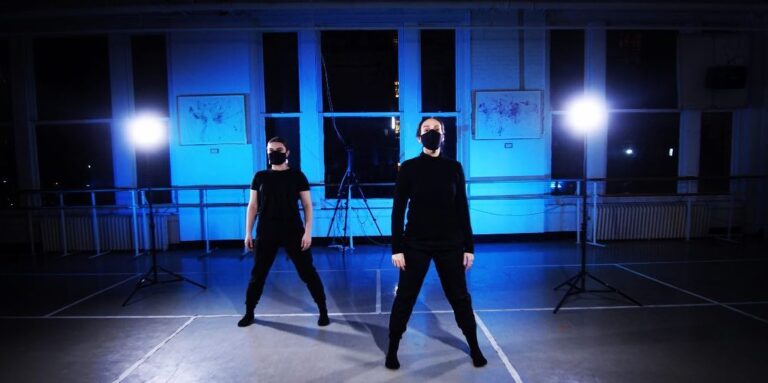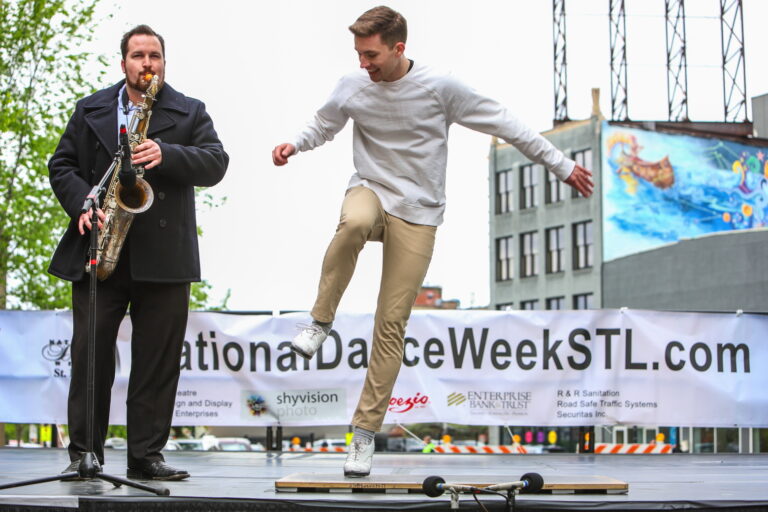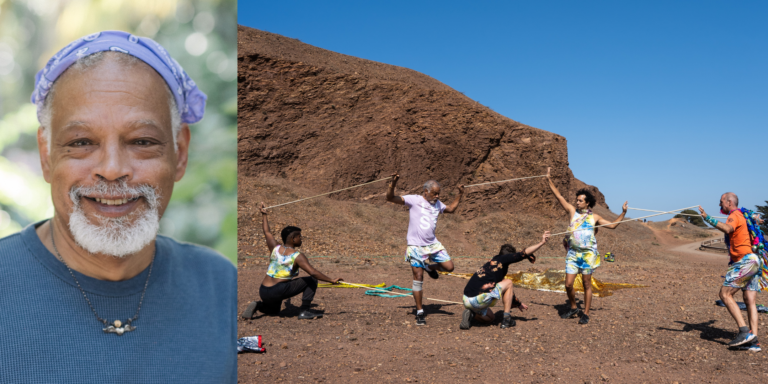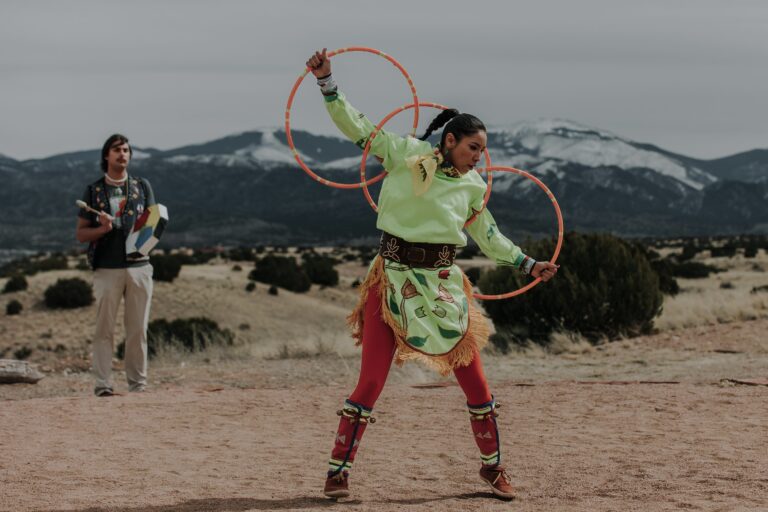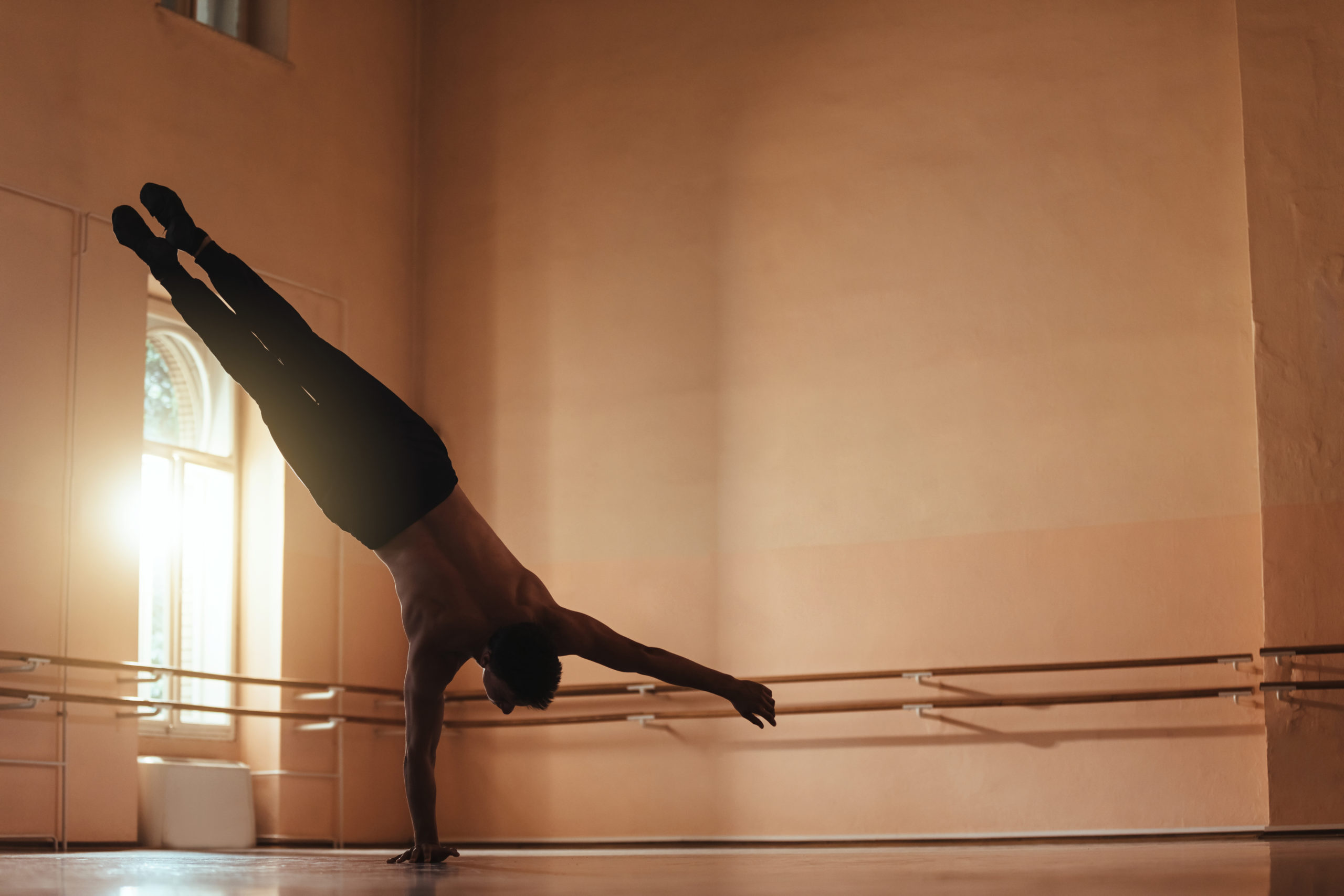
There’s a reason Gus Solomons jr used to begin his semesters at New York University’s Tisch School of the Arts with a “handstand day” for his contemporary students. “You’re training your body to do all it can do, upside down is just another possibility,” he says. “When you get there, you see the world differently, and you can get used to the idea that seeing the world right side up is not all there is.”
Teach your dancers to confidently move while upside down—whether in break dancing, modern inversions or ballet partnering—and not only will they be more versatile, they’ll have access to a whole additional 180 degrees of movement possibilities. So get started with these tips.
Start With Handstands
Follow Solomons jr’s lead and begin by helping students master handstands and/or headstands (headstands are an easier starting point).
Assist students in kicking their legs up the wall, ensuring they have proper form: core engaged to keep legs and back straight; hands shoulder-width apart; palms flat, elbows tucked in. “Have them press up with their feet and down with their hands, which knits the body together and helps with balance,” Solomons jr says.
Have students stay there until they are comfortable, then gradually move them further and further away from the wall until they can stay up unassisted. Have students do this for a minute or so at the beginning of every class.
Pavan Thimmaiah, a teacher, break-dancer and director of PMT House of Dance, suggests that students who can confidently and independently do a handstand begin to play in that position. “It’s a place where you can explore movement,” Thimmaiah says. “It’s not simply a position.” So have your students try opening and closing their legs, or moving one hand off the floor.
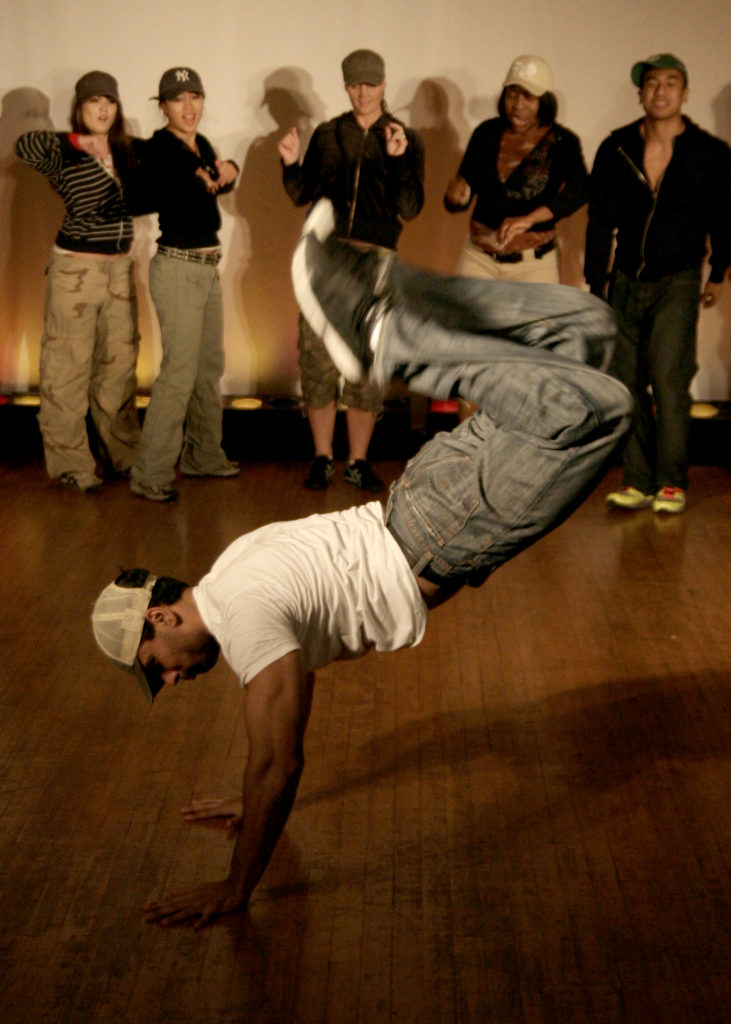
Make It Safe
Inversions could be a safety concern, but students who feel safe will be more likely to do them without the jitters that can lead to falling and injury.
“Calm such jitters by having students do a short meditation or breathing exercise before attempting inversions,” suggests Amanda Donahue, an athletic trainer for the Joan Phelps Palladino School of Dance & School of the Arts at Dean College. “If you can control your breath, that’s going to help downregulate your nervous system, so you can be more relaxed and engaged,” she says. Spot students as they’re learning, and use floor mats to cushion falls.
“Keep in mind that some students, especially those with low blood pressure, may experience lightheadedness or dizziness from being upside down,” says Donahue. “Allow them to take breaks, and encourage them to drink lots of water.”
Incorporate Cross-Training
“Upper body strength, core strength and grip strength are all essential to going upside down safely and confidently, and can help reduce the risk of falling and of upper back or neck injury,” Donahue says. Try these three exercises with your students to prep them for inversion work:
- Plank variations. Have students start by maintaining a plank position with proper alignment for up to a minute. If they can do that well, have them progress to a plank pike, using either socks or sliders to allow the feet to slide towards the hands, lifting the hips up to the ceiling and controlling on the way down back to plank. To progress this exercise, add a twist in the lower body to engage the obliques—lift one leg into arabesque and slide in just one leg, or have them place their feet on a physio ball to help them put more weight in the hands.
- Farmer carries. With a moderate or heavy dumbbell in each hand, have students stand tall and walk for 20 to 40 yards, or 30 seconds to a minute, as if carrying heavy grocery bags. Increase distance, time or load to progress the exercise, or have them try a single-arm farmer carry, which requires greater core strength.
- Isometric hang. Have students use a chair to grab onto a pull-up bar, holding themselves in a pull-up position, with the arms slightly bent and ensuring that the back is not arched. Have them slowly lower down until their arms are fully extended, holding in this lower eccentric position, as well.

Help Students Conquer Their Fears
“People get really disoriented when their legs are in the air, and they don’t know whether it’s too much or too little,” says Thimmaiah. “The challenge is to get your students to understand how upside down really feels and to take the risk.” Let them know that, in the safe environment you’ve created and with your capable instruction, they can be brave.
If students have a particular mental block around being upside down, have them spend time in positions where they’re inverted but don’t have to support their own weight, like fish pose. Instill confidence by reminding students that they’ve probably been fearlessly upside down at some point without even realizing it. “There are many ways of being upside down,” Thimmaiah says. “If you can do a cartwheel, you’re upside down, so it’s a matter of figuring out how that translates to a headstand. In some way or form, everyone has been upside down.”
For a video tutorial on how to help your students master handstands, watch this video.

